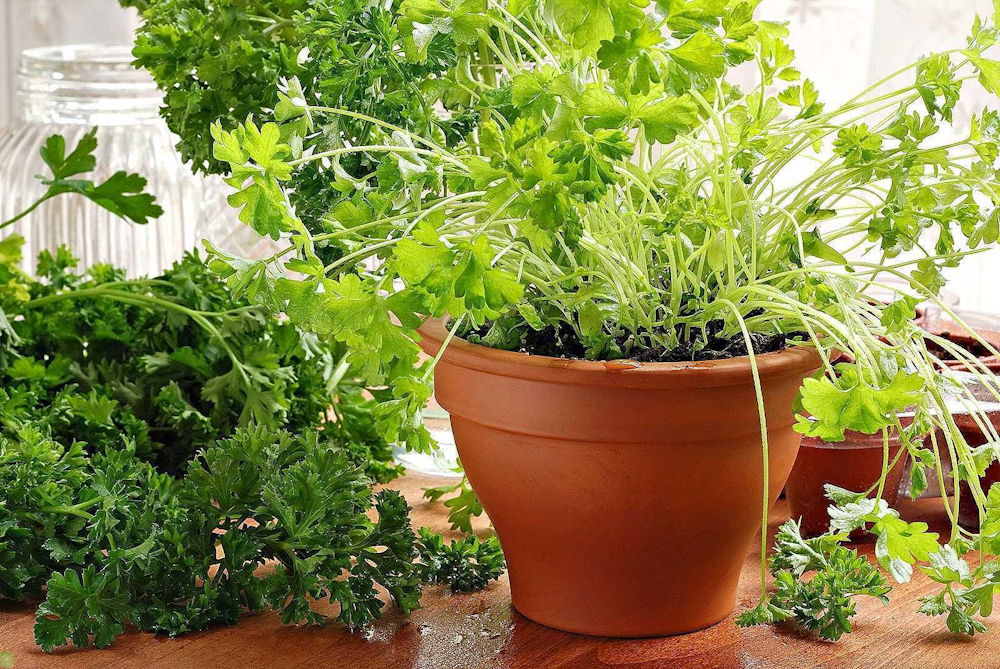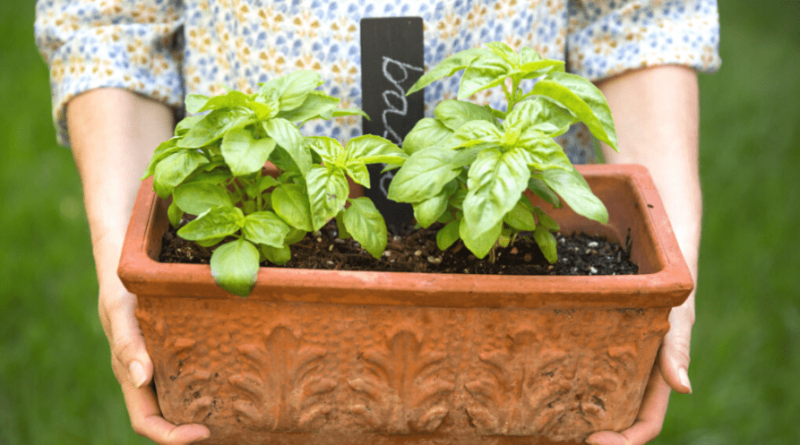Easy herbs to grow from seed
Growing your own herbs is not only a rewarding pastime but also a fantastic way to enhance your cooking with the freshest flavors. Starting from seeds indoors is an easy and cost-effective way to establish your culinary garden. This article guides you through growing herbs that could easily be sown indoors and eventually, transplanted to outdoor gardens or kept as indoor herbs. For those willing to get started, it’s reassuring to know that there are plenty of herbs that are just waiting to spring up from their tiny seeds. And if you’ve ever contemplated growing your own herbs from scratch, you’ll be pleased to learn that many perennial and annual herbs have simple needs and are quite forgiving for beginners.
Preparing for Planting: Starting Your Herb Seeds Right
Before you begin planting, it’s vital to understand that many seeds will need specific conditions to thrive. The best time to start your seeds indoors is usually a few weeks before the last spring frost. Doing well in nutrient-rich, well-draining soil, most herb seeds will germinate more easily when provided with the right conditions. To prepare, you might want to invest in high-quality potting mixes or starting mixes, which are designed to ensure good germination and healthy growth for your new seedlings.
When sowing seeds directly into small potted containers or seedling trays, proper spacing and soil depth are crucial. Tiny seeds often do best when not buried too deeply – sometimes even just a light dusting of soil will suffice. Here’s a helpful tip: moist soil is key, but you should not cover the seeds with too much soil, as it might prevent them from breaking through the surface.

5 Easy-to-Grow Herbs for Any Gardener
Basil, one of the most popular aromatic herbs, likes warm growing conditions and will need at least six to eight hours of sunlight per day. When sown indoors, basil seeds will sprout within five to ten days, provided that the soil temperature warms enough. Making sure the soil stays moist but not soaking is important for healthy basil seedlings. As easy as basil is, there’s one thing it doesn’t love – frost. Be sure to transplant basil outside only after all danger of frost has passed.
Cilantro – Fresh Flavors for Your Cuisine
Cilantro, also known as coriander, is often used in a variety of dishes for its fresh leaves and coriander seeds. This herb germinates quickly under cooler temperatures and can easily be sown directly into your garden, making cilantro one of the easiest vegetables to grow from seed. Cilantro prefers full sun but can tolerate light shade. You should only harvest one third of the leaves at a time to encourage fuller bushier plants.
Chives – A Hardy Addition to Your Herb Garden
Chives, a hardy perennial herb that adds flavor to many dishes, are very easy to start from seed. They need full sun to thrive and should be sown in moist soil with good drainage. Once your chives have sprouted, they can be easily divided if the clump becomes too large. Harvesting chives regularly will encourage the plant to produce new leaves and maintain a steady supply of fresh herbs.

Dill – An Easy Herb with Dual Purposes
This fragrant herb not only provides tasty leaves but can also be grown for its seeds. Dill loves full sun and thrives in rich, well-drained soils. You might want to take into consideration that dill grows quite tall, so make sure your pots or garden beds have enough space. Typically, dill will sprout two weeks after being sown directly outdoors, in the right conditions.
Mint – The Prolific Perennial
If you’re looking for an herb that’s as easy to grow as it is flavorful, mint might just make the perfect choice. This versatile and hardy perennial can be started from seed, but takes a bit longer to establish than other herbs. Mint prefers cooler, moist locations with partial shade. Be warned: mint spreads quickly, so consider growing it in pots or contained areas to prevent it from taking over other plants in your garden.
| Herb | Germination Time | Light Requirements | Soil Moisture | Maintenance Tips |
|---|---|---|---|---|
| Basil | 5-10 days | Full sun | Keep moist | Cover lightly with soil; warm location |
| Cilantro | 7-14 days | Full sun to partial shade | Keep moist | Avoid dry conditions; prefers cooler temps |
| Chives | 14-21 days | Full sun | Well-draining but moist | Divide clumps as needed |
| Dill | About 14 days | Full sun | Well-draining but moist | Choose a tall enough container or garden spot |
| Mint | Usually takes about 20 days | Full sun to partial shade | Moist | Contain its growth to prevent spread |
Nurturing Your Herb Seedlings to Maturity
To reach maturity, herb seedlings will need consistent light and water. While watering regularly is essential, be careful not to over-water, as this could lead to root rot or other fungal diseases. The amount of light required varies among different varieties; however, most herbs to thrive love at least six hours of direct sunlight. Fertilization is often not required for herbs, as very rich soil can affect the essential oils that give herbs their flavor. However, compost or a balanced, organic fertilizer can be used sparingly if needed.
Overcoming Challenges: Pest Control and Common Issues
Even the most carefully tended herbs might face challenges from pests or diseases. Keeping a lookout for common issues such as aphids or whiteflies and addressing them promptly will help you maintain healthy plants. Organic options for pest control are wide-ranging and can include natural predators, neem oil, or homemade sprays with ingredients such as garlic or pepper. Mildew and mold might also appear if your plants aren’t getting enough air circulation, so ensure good spacing and airflow around each plant.

Conclusion
Regardless of your experience level, growing herbs from seed can be a simple and delightful way to add fresh flavors to your cooking. With the easy-to-grow herbs we’ve discussed, you have the opportunity to start small and gradually expand your garden as you become more confident. Remember that gardening is a journey of learning more about the plants and how they thrive under your care. So go ahead, sow those seeds, and enjoy the bounty of your very own herb garden!
FAQs
FAQ 1: What are the best conditions for germinating herb seeds?
A1: Most herb seeds require warm soil, consistent moisture, and plenty of light to germinate successfully. A temperature range of 65-70°F (18-21°C) is ideal for many herbs. Ensure seed trays are placed in a bright spot but out of direct sunlight to prevent them from drying out too quickly.
FAQ 2: How long does it typically take for herb seeds to germinate?
A2: Germination times can vary widely depending on the herb, but most will sprout within 7-14 days under the correct conditions. Some, like cilantro, may germinate as quickly as 5-7 days, whereas others like parsley may take up to 21 days.
FAQ 3: Do I need to use fertilizer for my herbs?
A3: Many herbs do not require a lot of fertilizer, and over-fertilizing can actually weaken their flavor. If you do choose to use fertilizer, opt for a balanced, organic variety and use sparingly according to the instructions on the label.
FAQ 4: Can I grow different types of herbs together in one container?
A4: Yes, you can grow multiple herbs in one container, provided there’s enough space for them to expand and they have similar water and light needs. Herbs like basil, cilantro, and chives can often be grown together with great success.
FAQ 5: How do I harvest herbs so that they keep growing?
A5: The key to continuous growth is regular harvesting that encourages the plant to produce more foliage. Always snip off no more than one-third of the growth at a time, and make sure to cut right above a leaf node to stimulate new leaf production.
